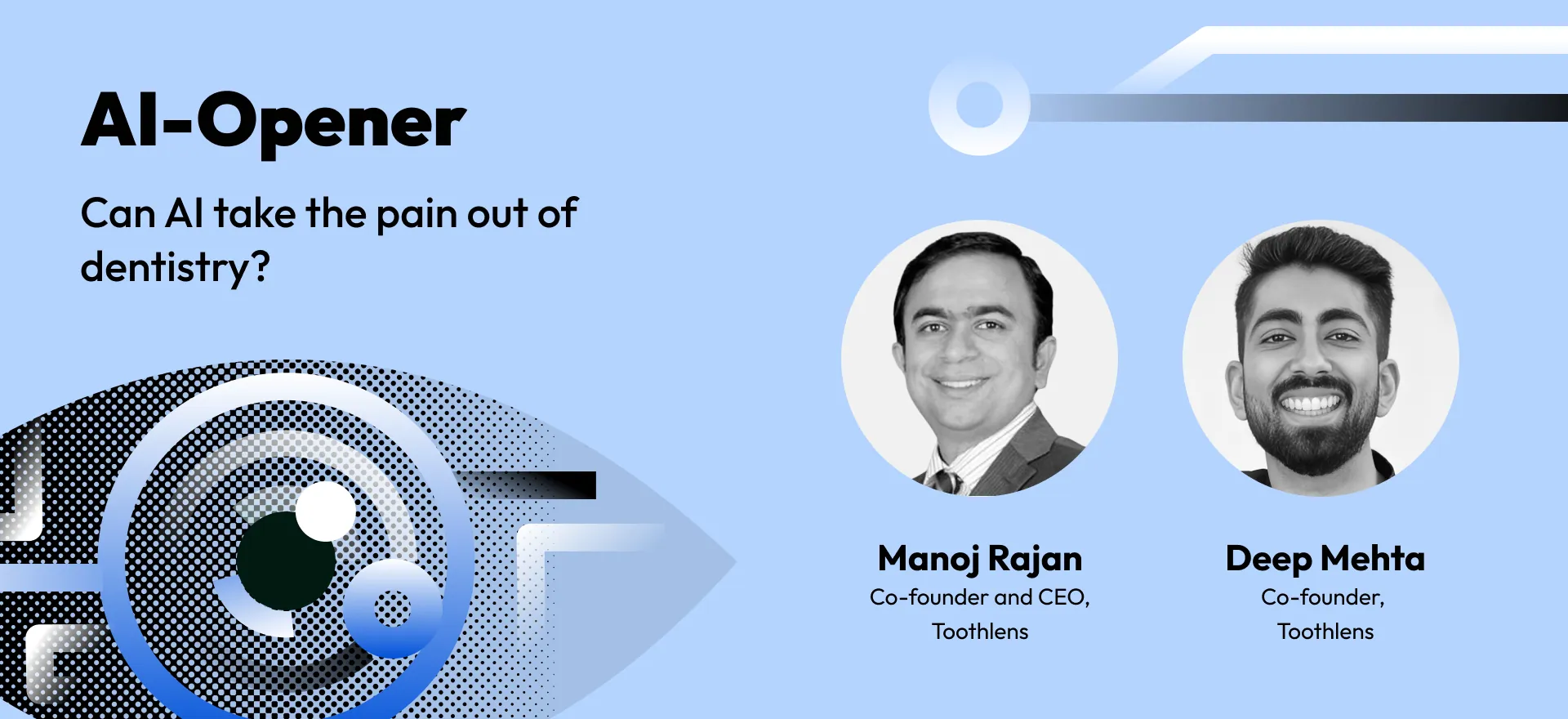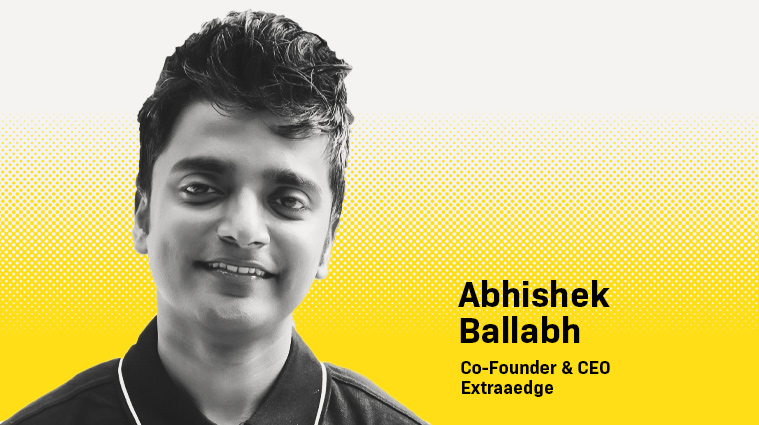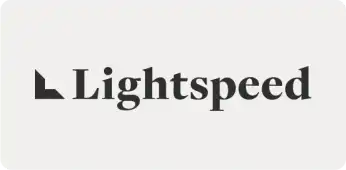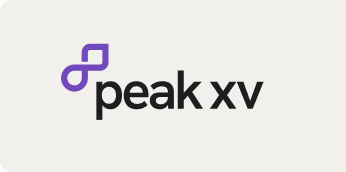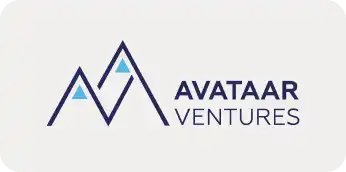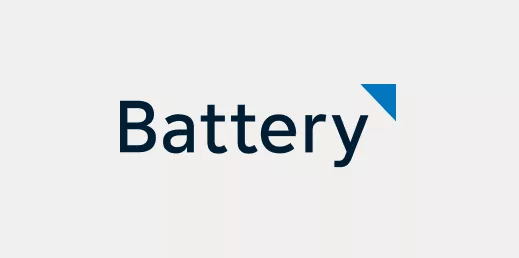Computer vision brings self-driving cars to our mind. But an Indian startup Toothlens is using it to spot tiny cavities in teeth with nothing more than smartphone images to train its AI model.
“I didn’t brush my teeth for six months because I wanted things to happen to my teeth and gums that I could test,” says Manoj Rajan, co-founder and CEO of Toothlens. Manoj, an orthodontist-turned-entrepreneur, has built an AI-powered mobile app to spot dental problems before they cause eye-watering pain.
In the early days, with a paucity of suitable images to train the AI in dentistry, the doctor allowed plaque to build up on his teeth and infections to swell his gums. Then he took selfies with his mouth wide open.
Of course, the app has numerous users now, and user-generated smartphone images feed the reiterative process of deep learning. But the baby steps were as unorthodox as those of the Australian physician, Barry Marshall, who consumed the helicobacter pylori bacteria and fell sick to show they cause peptic ulcers.
“We were so maniacal about quality that we did a POC (proof of concept) only when we reached a reasonable level. Until then, we used to do testing amongst ourselves,” says Manoj coolly.
His co-founder, Deep Mehta, who went to Germany for higher studies in computer vision after his engineering degree in India, was not so sanguine. He almost gave up on the idea. “There was a tremendous amount of work involved in turning the raw data into a form that would produce some intelligent output,” says Mehta. “I had to perform like 13 steps to clean the data.”
It was mind-numbing work, first in correcting the images that would be used to train the AI in dentistry and then in training the dentists on the team to correctly annotate the images. “The doctors didn’t have a good understanding of how a computer vision model works. For example, the annotation should not be so tightly bound that it misses out something relevant for the AI to get context.”
Every time the AI scored too many false positives or negatives, he had to go over thousands of images again to find the root cause. “There was no automated trick here, at least not at that time. So I was manually going over these images of unhygienic teeth over and over again.”
It was enough to give him horrific nightmares. But it became a dream come true nine months into the project, in June 2021.
One day the dentists compared the AI output with their own findings, having low expectations as usual. But, lo and behold, they found the AI not only matched them but even went beyond what the human eye could detect. Computer vision revealed tiny, hidden cavities that a human dentist would normally have missed.
“It was a eureka moment for me when the AI picked up things the doctors had overlooked,” says Mehta. That went a long way in reversing his revulsion to teeth. Now, when somebody yawns at a party, the computer vision analyst is busy examining his teeth.
Apart from validating the AI in dentistry model, its superhuman ability to detect aberrations moves the needle on dental prognosis. “When we blew up the images and saw that the AI had detected something the human eye had missed, it opened up new possibilities. You can fill up a tiny cavity before it goes to a root canal, for example. It makes a world of difference,” explains Manoj. The AI had earned its stripes as a co-pilot of the experienced dentist.
Now the product was ready for wider adoption. One of the first users was a dentist in the US. The Toothlens app revealed a gum infection in his own mouth that he had ignored because he had felt no pain. “He wanted to use the app on his patients but tried it on himself first,” says Manoj, who received an appreciative note from the dentist.
The next challenge was to commercialize the product. Building an AI app for dentistry is one thing, creating a viable business around it is quite another.
The idea sprouted at the height of the Covid pandemic in 2020 when visits to dental clinics became a trickle and telehealth took off. Manoj started talking to insurance companies in India who wanted to use the app as a front-end risk assessment tool. This was a path to monetization, but the companies dragged their feet on it as they were preoccupied with Covid.
That’s how Toothlens turned its attention to the US which has the world’s largest dental insurance market. An American insurance company became its first paying customer, followed by a leading oral care company that wanted to provide the app as a value-add to its users via a QR code on toothpaste packets.
Funded by angel investors, the startup is yet to hit profitability as it builds out the product’s capabilities and takes it into markets in the US and Southeast Asia, hiring sales people there. But it has crossed two big hurdles in finding large enterprise customers and getting validation from influential early adopters.
Beginner’s luck played a part. One of the first users was a Saudi prince who sent it to his sister in New York. There the app had its worst blooper.
The Saudi royal family member had several silver amalgam fillings in her teeth. When the app pointed to them as cavities, she was beside herself with rage over the “completely useless technology.” But then she went to her dentist who found there were indeed some cavities around the silver fillings.
“We just got lucky, because finding those cavities had little to do with our AI in dentistry” says Manoj, who confesses the app got fooled by the fillings. Cavities being found around them later was just serendipity. After escaping by the skin of their teeth, the Toothlens dentists and techies went into the next iteration of the AI in dentistry model to ensure it could differentiate between silver fillings and cavities.
Apart from detecting cavities, swellings, and patches, AI has made inroads into monitoring treatment for aligning teeth. A European company, DentalMonitoring, is a leader in this, but it relies on a hardware attachment for smartphones.
Where Toothlens hopes to make a difference in aligner monitoring is through a fully software-based solution with user-generated smartphone photos. “By talking to that company itself and its users, we started reimagining how we could bring down the price point and ease of use,” says Manoj. “AI in dentistry is an iterative process.”
Misalignment, decay, and toothaches are among the most preventive things in healthcare. And AI in dentistry is well-paced to take these proactive preventive measures to the next level. “It goes without saying that if you’re able to detect issues early, you can do something to prevent a lot of pain,” says Manoj.
For Mehta, it’s an application of computer vision that’s far removed from his earlier work on self-driving buses for Mercedes-Benz. But perhaps in finding those miniscule cavities, it could have an even bigger impact.

